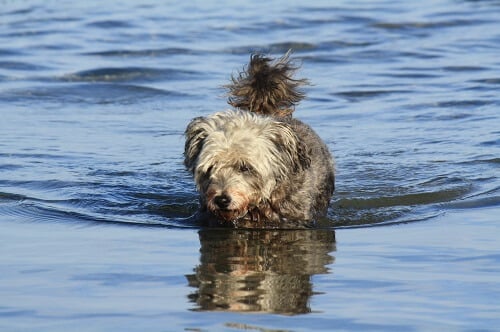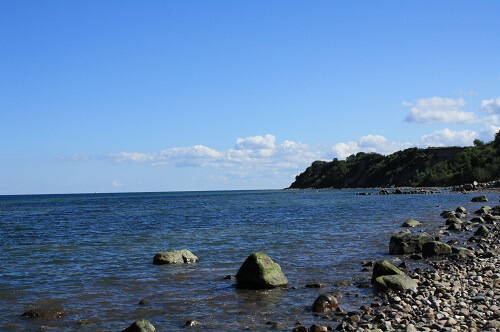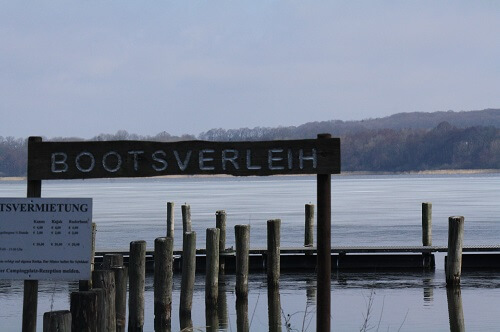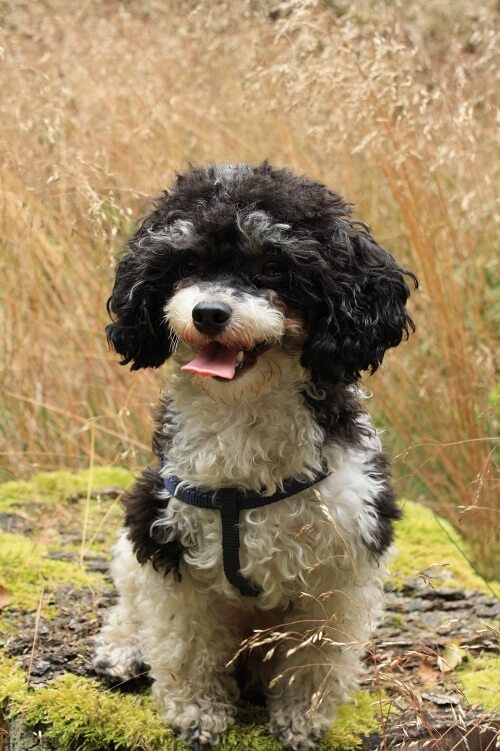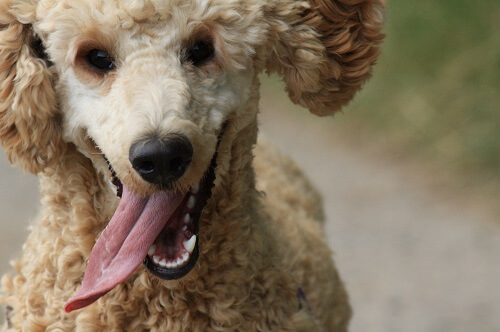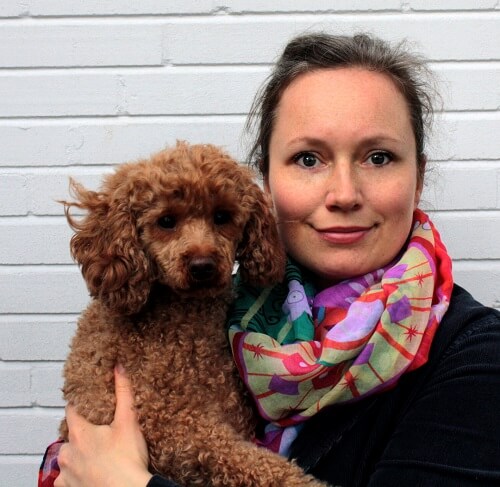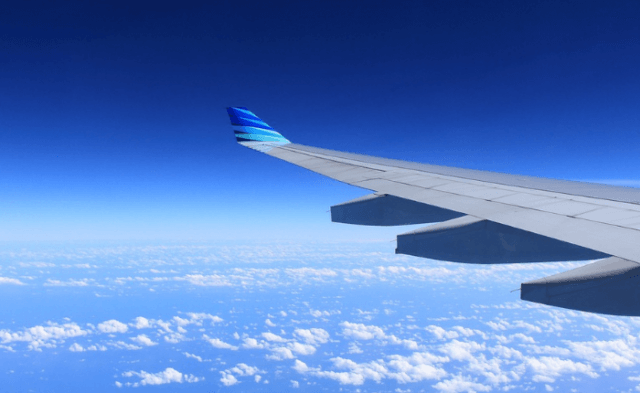Welcome to my home in southeastern Schleswig-Holstein, a region known as the Duchy of Lauenburg that’s situated between the wonderful cities of Hamburg and Lübeck! It’s romantic and beautifully rural. Its gently rolling landscape boasts lakes, forests, and the Elbe River, making it the perfect place to relax. You can visit cozy coffee shops and vegan-friendly restaurants, enjoy your surroundings on a boat trip, or go hiking, cycling, or canoeing. What’s more, the region’s towns of Ratzeburg, Mölln, Lauenburg, and Geesthacht have fascinating histories and offer top-notch cultural sightseeing.
Let me introduce you to some particularly beautiful and interesting places near my home.
Of Lions, Jesters, and Boatmen
The Duchy of Lauenburg is full of history. In the island town of Ratzeburg, you’ll find one of the oldest brick cathedrals in Europe, founded by Henry the Lion in the 12th century. To the south lies Mölln, which calls itself the “Eulenspiegel town” after a legendary jester of the same name who is said to have died in the town in 1350. Lauenburg Upon Elbe has seen centuries of shipping tradition, while Geesthacht is a major hub of innovation and technology. In the area around Büchen and in the Stecknitz region, the history of the Old Salt Route comes to life.
Lauenburg Lakes Nature Park
In the Lauenburg Lakes Nature Park, roughly 40 lakes shimmer like diamonds, nestled among forests, fields, and hills. The park, which spans nearly 300 square miles, was founded in 1961 and is the oldest of its kind in the whole of Schleswig-Holstein.
Within the park’s borders, you’ll find a diverse mosaic of water, woods, meadows, and typical hedgerow landscapes between Schaalsee Lake and the Elbe-Lübeck. Kingfishers, white-tailed eagles, and cranes call this area home.
The park offers many hiking trails, observation towers, information points, educational trails, and rest spots for reflection and contemplation. Or you can participate in a variety of activities, including hiking, cycling, canoeing, and swimming in one of the cool forest lakes.
Natural Treasure: The Schaalsee, the Most Beautiful Lake for Hiking
The Schaalsee, Northern Germany’s deepest lake, was formed during the last Ice Age when water from melting ice penetrated nearly 240 feet into the ground. Schaalsee Lake features enchanting islands and peninsulas, called aits. The deeply forested aits in Seedorf and Groß Zecher offer hiking trails and a special information system called “Cruso,” a GPS-supported device that supplies hikers with information and pictures along the way.
The Return of the Wolf
I was particularly happy when wolves started to come back to the Duchy of Lauenburg. We are now certain that new packs are beginning to move in. Not everyone is happy about this development, though—some people are even afraid (for no reason!). Thankfully, the wolf has many advocates here, and education changes people’s perceptions of this intelligent and sensitive animal. In the end, wolves are not any more “dangerous” than a mother boar with her offspring.
People with dogs (like me) should keep them close by when passing through wolf areas—if your dog does not naturally stay near you all the time, it’s better to keep him or her on a leash, because the wolves’ rendezvous spots need protection and quiet!
Rural Living
My husband and I decided to move to this majestic region after living for decades in the city of Hamburg. We now live very close to nature and are enchanted by its beauty and its animals every day, in every season. I take my binoculars with me on almost every dog walk so that I can admire all the deer, stags, foxes, cranes, eagles, rabbits, boars, and other animals. I once found the paw print of a lynx in a muddy, almost dried-out puddle. He or she lives deep within the forests of our large nature reserves.
When I look into my garden in the morning, I sometimes discover a deer munching on my roses. It makes me happy—I think, “Enjoy it, little friend”—because roses thrive all the more after a deer has nibbled them. They just need about a week to rebound. Who would have guessed?
But wait—there’s even more that “my” region has to offer.
White Baltic Sea Beaches
The Baltic Sea is a semi-enclosed sea that covers 160,000 square miles and reaches depths of over 1,500 feet. It is considered the world’s largest brackish sea. “Brackish,” I’ll admit, doesn’t sound very inviting, but we’re talking about endless miles of beautiful sandy beaches, dunes, cliff coasts, gentle landscapes, and rich fauna and flora. This is the place to leave all your cares behind!
Between October and April, dogs are allowed to run free on all beaches. Pure heaven! From April on, you can take your canine friend to one of the many dog beaches. My favorite one is in Grömnitz. We go there often and enjoy every minute. One day at the beach feels like a holiday—and my five dogs fully agree.
Longing for the Big City? Hamburg and Lübeck Are Close By
Two old Hanseatic cities—Hamburg and its smaller neighbor, Lübeck—offer culture, arts, shopping, and a lot of history. They are perfect for a day or two in the big city after you’ve had your fill of nature. Both cities are near the water, which gives them a very special flair.
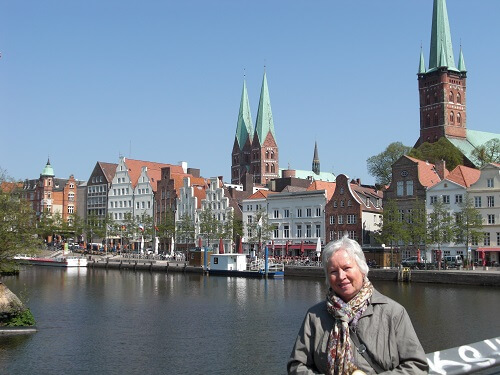
Sylvie’s mom in Lübeck
The Duchy of Lauenburg is definitely worth a visit—come and see for yourselves!
Sylvie Bunz works for PETA Germany and is responsible for its “PETA 50Plus” (its version of PETA Prime) and “PETA Kids” campaigns. She has been an animal rights activist and vegetarian since she was 14 years old. Today, she’s 40 and lives in the German countryside with her husband and their five four-legged friends.

